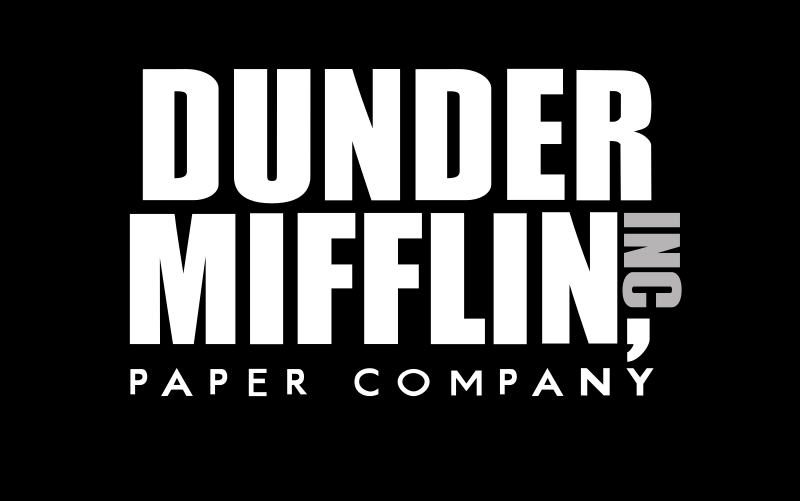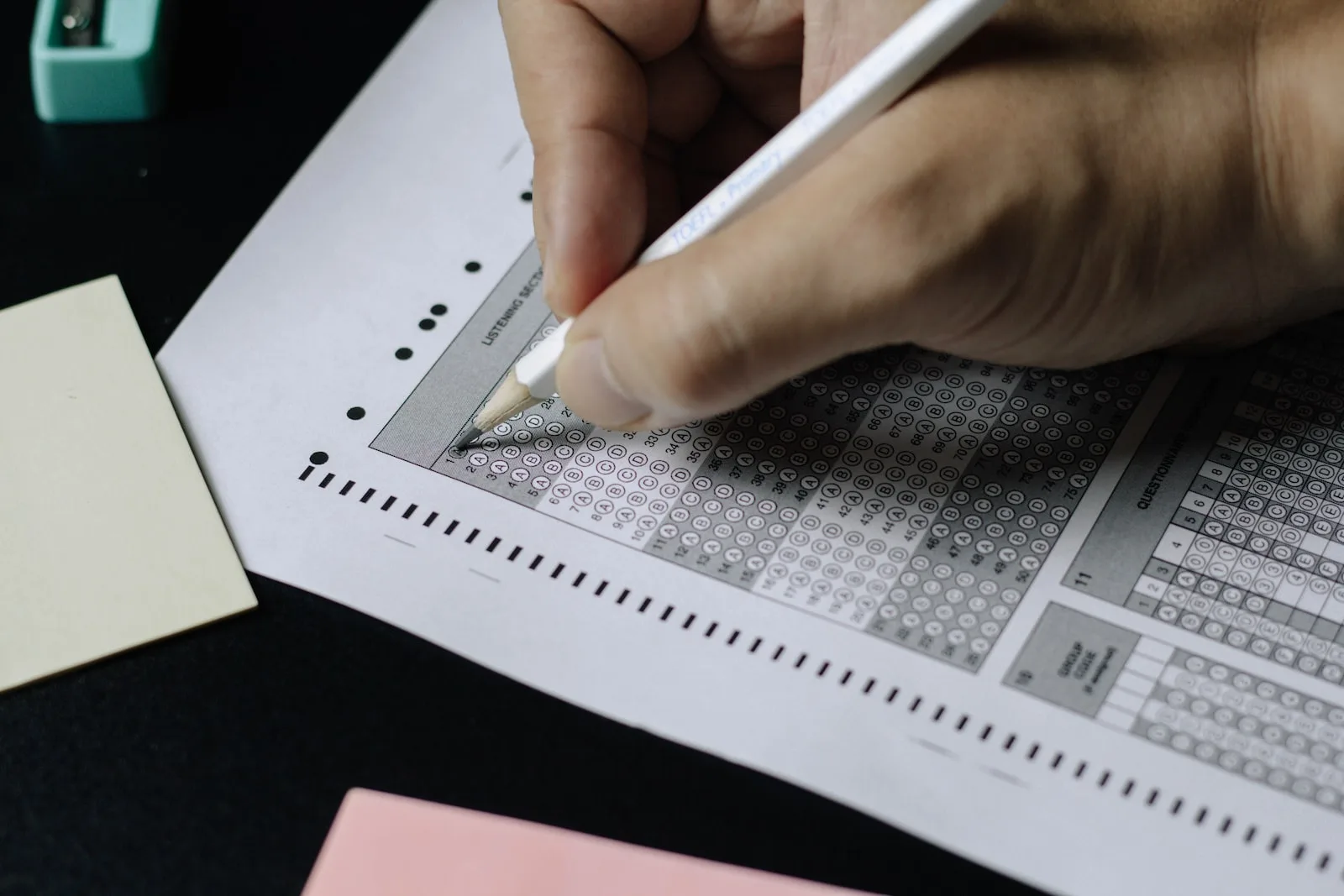Professional Apology Message/ Email |
We’ve all faced moments where an email sent in haste or an overlooked detail has led to the need for an apology. It’s a common scenario in the bustling professional world where mistakes are inevitable, but it’s the recovery that counts. The art of crafting an eloquent apology without relying solely on the phrase “I’m sorry” not only showcases professionalism but also demonstrates your commitment to maintaining a constructive relationship with colleagues and clients.
Let’s explore together effective strategies for conveying apologies through email, with a personal touch that resonates with sincerity, reflects responsibility, and reinforces relationships. Below are structured approaches to crafting a professional apology via email without incessantly using the phrase “I’m sorry”:
1. Acknowledge and Move Forward
Directly address the oversight and promptly guide the conversation towards the next steps. For instance:
Sample Script:
“I acknowledge the delay in my response and assure you that your query is now top priority.”
2. Assume Responsibility and Offer a Solution
A critical component of professional apology is to take ownership of the error. Follow this with a clear path to resolution to maintain trust and integrity.
Sample Script:
“In reviewing our correspondence, I realized that the incorrect attachment was sent. I have rectified this and attached the correct document for your review.”
3. Express Regret and Propose a New Course of Action
Sometimes, expressing regret is important, but it should be coupled with a proactive plan to avoid similar incidents in the future.
Sample Script:
“It is with regret that I note the missed deadline. Going forward, a more conservative timeline will be established to accommodate for any unforeseen delays.”
Alternative Phrases to “I’m Sorry”
In place of “I’m sorry,” consider utilizing expressions that convey responsibility and commitment to improvement:
- “I realize that my action/inaction…”
- “I understand the impact of…”
- “Your satisfaction is essential, and I regret any inconvenience caused.”
- “I appreciate your patience as I rectify…”
- “Please accept my acknowledgments for…”
Each alternative response not only demonstrates accountability but also emphasizes the corrective measures which are paramount in any form of professional communication. By adopting these approaches, one shows respect for the recipient’s time and experiences.
Remember, the objective is to maintain a professional relationship through transparent communication. While admitting to a mistake can be a challenging necessity, positioning your apology within a framework of constructive and forward-thinking solutions is key to upholding and often strengthening professional rapport.
Professional Apology Message
Example Phrases
– “Thank you for bringing this to my attention.”
– “I appreciate your help in correcting this error.”
– “Thank you for your patience as I resolve this issue.”
– “I hope this hasn’t caused any inconvenience.”
– “Please let me know if there’s anything else I can do.”
These phrases convey a similar message to “I’m sorry,” but they also emphasize your appreciation for the help of the person you’re emailing.
Here are other phrases that convey empathy:
– “Thank you for your patience as I resolve this issue.”
– “Please let me know if there’s anything else I can do.”
– “I appreciate your understanding.”
– “I’m sorry for the delay in getting back to you.”
– “I’ll do my best to get you the information you need.” – “I’m so sorry for any confusion.”
– “I hope we can resolve this issue as soon as possible. If there’s anything I can do to help, please let me know.”
Professional Apology Message
– “Let me know if there’s anything else I can do.”
– “I apologize for this. I know this is out of the ordinary and I hope you can understand my perspective.”
– “Thank you so much for your patience while I resolve this issue.”
– “I’m sorry for any inconvenience this may have caused you.”
– “I apologize for this. I know this is out of the ordinary and I hope you can understand my perspective.”
– “If there’s anything else I can do, please let me know.”
– “Please let me know if I can provide any further assistance.”
– “I will do my best to get you the information you need.”
– “I apologize for any confusion this may have caused.”
– “Please feel free to contact me if you have any questions or concerns.”
– “I hope you’ll be able to find what you’re looking for.”
– “”I apologize if this has caused you any trouble.”
– “Please let me know if there’s anything else I can do for you.”
– “I apologize for the delay in getting back to you.”
– “My apologies if this has caused any inconvenience.”
– “I apologize for any confusion this may have caused.”
– “I’m sorry for any confusion this may have caused.”
More from Simplestic








